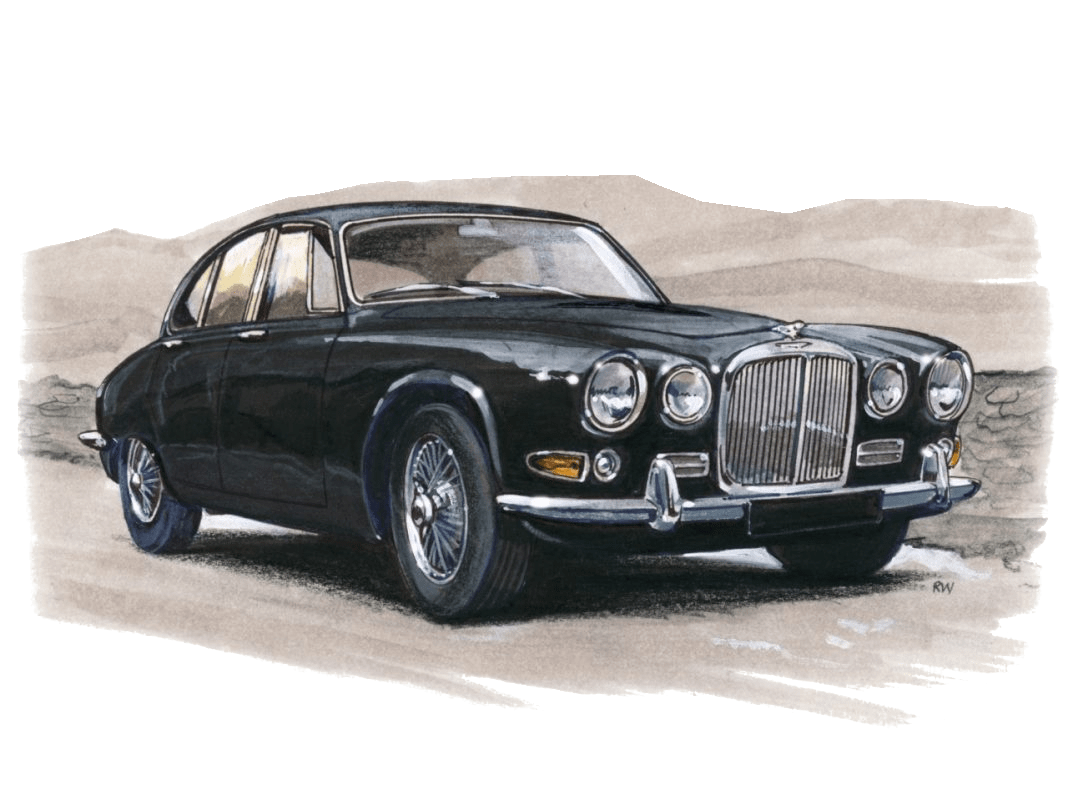
The venerable Jaguar 420, a model introduced by Jaguar Cars between 1966 and 1968, is much admired not just for its aesthetics or power delivery, but also for its driving comfort. This comfort is largely attributed to its advanced suspension system, specifically designed to provide an ultra-smooth ride. Jaguar, renowned for its attention to detail and focus on luxurious comfort, equipped the 420 model with the independent suspension system.
The Independent Suspension System
The Jaguar 420 uses an independent suspension system, a type that allows the wheels on an axle to move independently of each other. This ability to move freely provides a smoother ride, as any impact from potholes or road irregularities on one wheel does not necessarily affect the other. Furthermore, independent suspension systems are known for providing improved handling, as they allow for more precise adjustments to the vehicle’s alignment settings.
Front Independent Suspension
The Jaguar 420’s front independent suspension layout is borrowed from the brand’s famed ‘Mark X’ model. The front suspension system is equipped with unequal length wishbones, coil springs, telescopic dampers, and an anti-roll bar.
Unequal length wishbones are designed in such a way that the top wishbone is shorter than the lower one. This design, in conjunction with the use of coil spring and damper suspension, provides excellent wheel control, making the vehicle agile and easy to handle even in tricky conditions or at high speeds.
The inclusion of an anti-roll bar also contributes to the Jaguar 420’s exceptional driveability and stability. Anti-roll bars provide resistance against the car’s tendency to ‘roll’ sideways when going through a corner, thereby contributing to a more stable and controlled ride.
Rear Independent Suspension
The Jaguar 420 also incorporates independent rear suspension, a feature evident in even the latest models from the brand. The rear suspension system consists of a lower wishbone and driveshaft that act as the upper link, while twin coil springs and dampers constitute the suspension medium. A well-executed rear independent suspension system offers tremendous advantages in terms of comfort and handling, and it’s no surprise that Jaguar made this integral to the 420’s sophisticated ride.
Furthermore, this model introduced the reconfigured lower hub pivots, which were adjusted to enhance the rear suspension camber angle control. Also, an ancillary improvement in the rear suspension was the addition of a proprietary design, ‘Peg Drive’, which significantly improved wheel control.
In Conclusion
The independent suspension system in the Jaguar 420 demonstrates the brand’s commitment to driving excellence and underlines the lengths automakers go to ensure maximum comfort, stability, and handling precision. Jaguar’s precision-engineered suspension system is a testimony to the brand’s unrivaled reputation for unruffled refinement and superb ride comfort.
From the unequal length wishbones to the innovative ‘Peg Drive’ rearwheel control design, each feature comes together beautifully to offer drivers a distinct driving experience that blends sporting prowess with comforting refinement. This examination of the 420’s suspension system should offer greater appreciation for the intricate engineering behind Jaguar’s legendary ride quality.